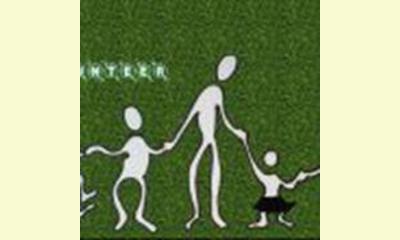|
|
The Peace Gong Article- and Poster-making competition on Peace
an article by The Peace Gong
Ahimsa Trust, New Delhi and the Gurudev
Rabindranath Tagore Foundation, New Delhi are
initiating The Peace Gong Article Writing & Poster
making Competition on Conflict Resolution for
school students. The aim of the competition is to
promote critical thinking abilities amongst
children on non-violent methods of resolving
conflicts; understand the causes and impact of
conflicts in their own communities and how
resolution of these conflicts leads to a culture
of peace.

click on photo to enlarge
The context of the competition: even as the world
is hungering for peace, we find conflicts at
different levels which affect not only
individuals, but families, communities and
nations. Conflicts can be resolved in either way
violently or non-violently. Resolving conflicts
non-violently is the basis of building a culture
of peace.
The Organizers: Ahimsa Trust aims at creating
peace and harmony within oneself, one's family and
in society. It aims to spread the ethics of peace
and non-violence through alliances and programmes.
Gurudev Rabindranath Tagore Foundation is a think
tank of academicians and practitioners. As part of
its media and information literacy initiative, it
brings out The Peace Gong, the children's
newspaper. The Peace Gong aims to build bridges of
friendship amongst children of the world promoting
peace and non-violence. The International Partner
is Radijojo World Children’s Media Network
The theme of the article-writing competition is
"Resolving conflict in your community through non-
violence." For age group 1 (12-14 years of age),
the word limit is 400 words. For age group 2 (15-
18 years of age, the word limit is 800 words. The
article cannot be a work of fiction.
The theme of the poster-making competition is "Peace
in oneself, Peace in the World." Poster format
should be A3 size.
Entries should be sent until November 14, 2012 which
is celebrated at Children's Day.
All participants will be given certificates.
Different Prizes, books and other recognition will
be given to the winners in both categories. The
winning entries will be featured in a special
edition of The Peace Gong, the children's
newspaper on conflict resolution. A book and an
eBook on the best of entries will also be
published by the organizers.
Details of the competitions are available at: www.ahimsatrust.
org and The Peace-gong facebook
page. Any query related to the competitions
can be addressed to Prof T K Thomas,
peacegongcompetitions@gmail.com.
|








|
DISCUSSION
Question(s) related to this article:
Peace-building Stories, literacy development with peace-building
* * * * *
Latest reader comment:
The Teaching and Learning for Peace Foundation www.tlpeace.org.au not only encourages the sharing of good peace-building stories but the writing of them. Reading development for children occurs when they are exposed to good stories but if those stories also contain peace-building elements then they are also exposed to the language of peace-building and an associated consciousness lift can result. This peace-building language can be patterned when they begin writing their own stories and as a consequence to being instilled into their consciousness, peace-building can become a natural way of thinking and operating. Peace-building stories also present strong peace-building characters who enact peace-building principles often becoming heroes to the children. One example is the Gandhi like character in Herb the Vegeterian Dragon as he chooses peaceful resistance when issues arise. Literacy development and peace-building can occur together.

|
|









